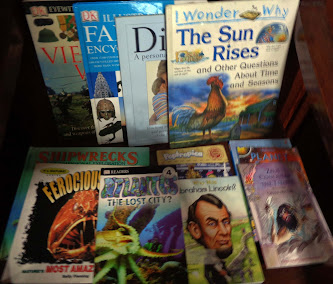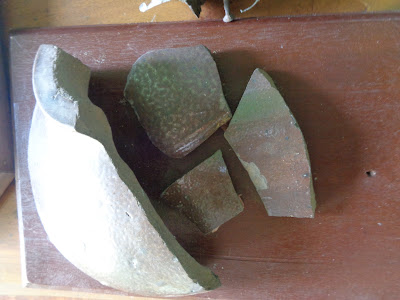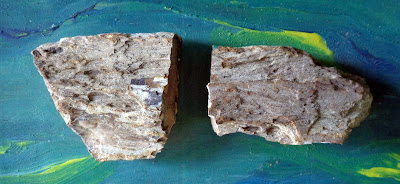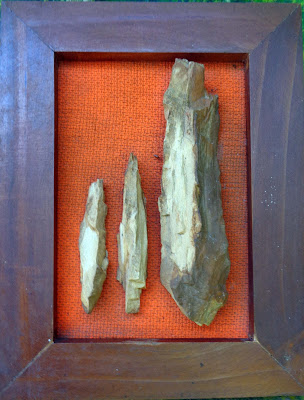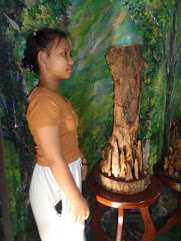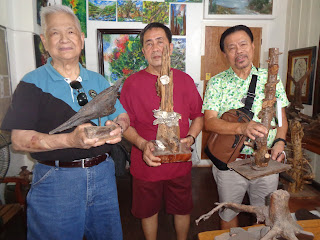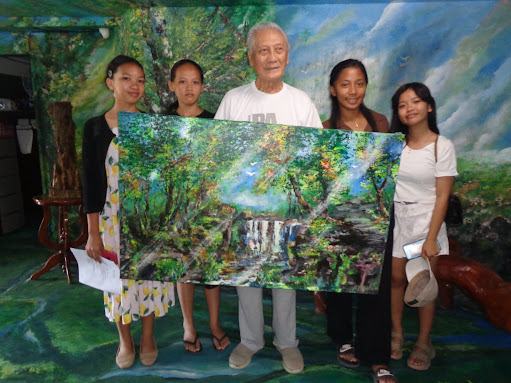FOOD CRISIS Series
40 Advocacies to Curb the Global Food Crisis These articles were published in this Blog avrotor blogspot.com in 2021 and 2022 at the onset of food shortages worldwide at various critical levels. This is a reprint in response to popular requests.Even to the present, there is crisis in local sugar supply affecting many industries, services and products, from beverage to bakery products. Rice supply is critically low and the price, in spite of government intervention, is hardly within the means of ordinary citizens. So with onions, selected vegetables, meat, poultry, fish, and other food products, which continue to spiral with the current inflation rate, exacerbated by the Russian war in Ukraine, and conflicts in many parts of the globe, COVID-19 pandemic, and global warming.
At one time, the world had just 10 weeks’ worth of wheat left. In less than three weeks, wheat could disappear from store shelves, suggested a food insecurity expert to the United Nations. 05/29/2022 / By Ethan Huff (Sources of news Insider.com; NaturalNews.com
Easy Access to these articles: Search FOOD CRISIS, or print each title in this Blog - view screen, read, and print. Practice these advocacies within your capacity and share them with your family and community. - avrotor
Dr Abe V Rotor
avrotor.blogspot.com
1 - Food Crisis Series 1 to 4: People's Green Revolution in 5 Parts,
including a Self-administered Test on Green Revolution
Earlier this month, the humanitarian organization Oxfam released alarming statistics that measured the state of the food crisis after one year of the pandemic. Every minute, eleven people on the planet die of hunger. The number of people experiencing famine-like conditions globally has increased by six times in the past year.
Areas where corruption, inequality, and suffering have finally boiled over into war experience the worst aspect of the food crisis. In those areas where distribution and supply lines are severed, the food crisis has perpetuated beyond any semblance of control. In mid-June 2021, the number of people falling into the most acute phase of the famine stood at 521,814 across Ethiopia, Madagascar, South Sudan, and Yemen – up from 84,500 last year, an increase of more than 500 percent, according to the global report on Food Crises 20
5 - Love the Bahay Kubo (Nipa Hut) - Bastion of Food Self-Sufficiency
Acknowledgement with thanks, Internet photos
6 - Food Crisis Series 7: Farmers' Museum (NFA Grains Museum)
6 - Food Crisis Series 7: Farmers' Museum (NFA Grains Museum)
Re-opened After 30 Years. In honor of the Filipino Farmer
7 - Save Rice: Let's Cut Down Rice Wastage and Develop Rice Substitutes.
Don't waste food, don't.
8 - Genetic Engineering (GMO) is not the Solution to Food Shortage
9 - Can the Philippines Regain its Fame in the 70s as Rice Exporter?
10 - Men Behind Food Self- Sufficiency and Rice Exportation
11 - Promote Agribusiness and Biotechnology on the Village Level
12 - Make Your Own Organic Fertilizer for your Home Garden
13 - Let's Stop Generic Pollution - Littering of Engineered Genes
14 - Home Gardening - Buffer Against Spiraling Prices of Food and
Other Commodities
15 - The Garden - Microcosm of the Living World and Humanity
16 - Let's Save Our Deteriorating Planet Earth - 20 Vital Issues
17 - Garden Pond: Source of Food and Recreation
18 - Food Poisoning - Look Out!
19 - Herbals for Medicine, Culinary and Pest Control
20 - Simplify Food Preparation for Good Health, Enjoyment and Economy
21 - Thirty (30) Native Vegetables Resistant to Global Warming and Pest
22 - More and More People are Going for Natural Food
23 - Kitchen Garden - Practical Hydroponics
24 - Sustainable Productivity - Key to Profitable Agriculture and
Balanced Environment
25 - Food Crisis Series 25 Yes, we can grow wheat in the Philippines
Let's revive the local wheat production program.
26 - Palay-isdaan (Rice-Fish Culture) An Agro-Ecology Model
27- Let's develop the less popular Philippine fruits.
28 - Non-cash technology for small farms
29 - The Noble Practice of Gleaning
30 - Be Sure the Food You Eat is Safe
31- Golden Homesite Plan of Ed Nanquil
32 - Are you living an austere life? A Self-evaluation, 25 items
33 - Farming is a Way of Living, a Mode of Life
34 - Farming the Sea (Sea Vegetables)
35 - A Happy Couple and the Kurong-kurong
Internet photos
36 - The world goes for Organic Farming- a turnaround in Green Revolution
37 - Stop pests from robbing your food: Practical Pests Control and Integrated
Pests Management (IPM)
38 - Backyard Garden - Food Bank and Living Laboratory
39 - Five Trends in Agriculture Today
40 - Agro-Ecology: Balancing Agriculture and Ecology for Sustainable
Productivity
Dr Rotor is a retired Director of the National Food Authority (1976-1989); consultant on Food and Agriculture, Senate of the Philippines (1992-95); Professor, Graduate School University of Santo Tomas; De La Salle University-D, SPU-QC and UPH-R, and presently, a gentleman farmer in San Vicente, Ilocos Sur.
--------------
2021 Global Report on Food Crises
The 2021 Global Report on Food Crises (GRFC 2021) highlights the remarkably high severity and numbers of people in Crisis or worse (IPC/CH Phase 3 or above) or equivalent in 55 countries/territories, driven by persistent conflict, pre-existing and COVID-19-related economic shocks, and weather extremes. The number identified in the 2021 edition is the highest in the report’s five-year existence. The report is produced by the Global Network against Food Crises (which includes WFP), an international alliance working to address the root causes of extreme hunger.
Earlier this month, the humanitarian organization Oxfam released alarming statistics that measured the state of the food crisis after one year of the pandemic. Every minute, eleven people on the planet die of hunger. The number of people experiencing famine-like conditions globally has increased by six times in the past year.
Areas where corruption, inequality, and suffering have finally boiled over into war experience the worst aspect of the food crisis. In those areas where distribution and supply lines are severed, the food crisis has perpetuated beyond any semblance of control. In mid-June 2021, the number of people falling into the most acute phase of the famine stood at 521,814 across Ethiopia, Madagascar, South Sudan, and Yemen – up from 84,500 last year, an increase of more than 500 percent, according to the global report on Food Crises 20
Internet photos
A July report from Oxfam states 155 million people worldwide now live at crisis levels of food insecurity or worse – some 20 million more than last year. About two-thirds of them face hunger because their country is in military conflict. In the 55 food-crisis countries under review, almost 16 million children under age five were acutely malnourished, while 75.2 million children under age five experienced stunted growth. ~
"Covid-19 pandemic risks worst global food crisis in decades." - New Scientist




























